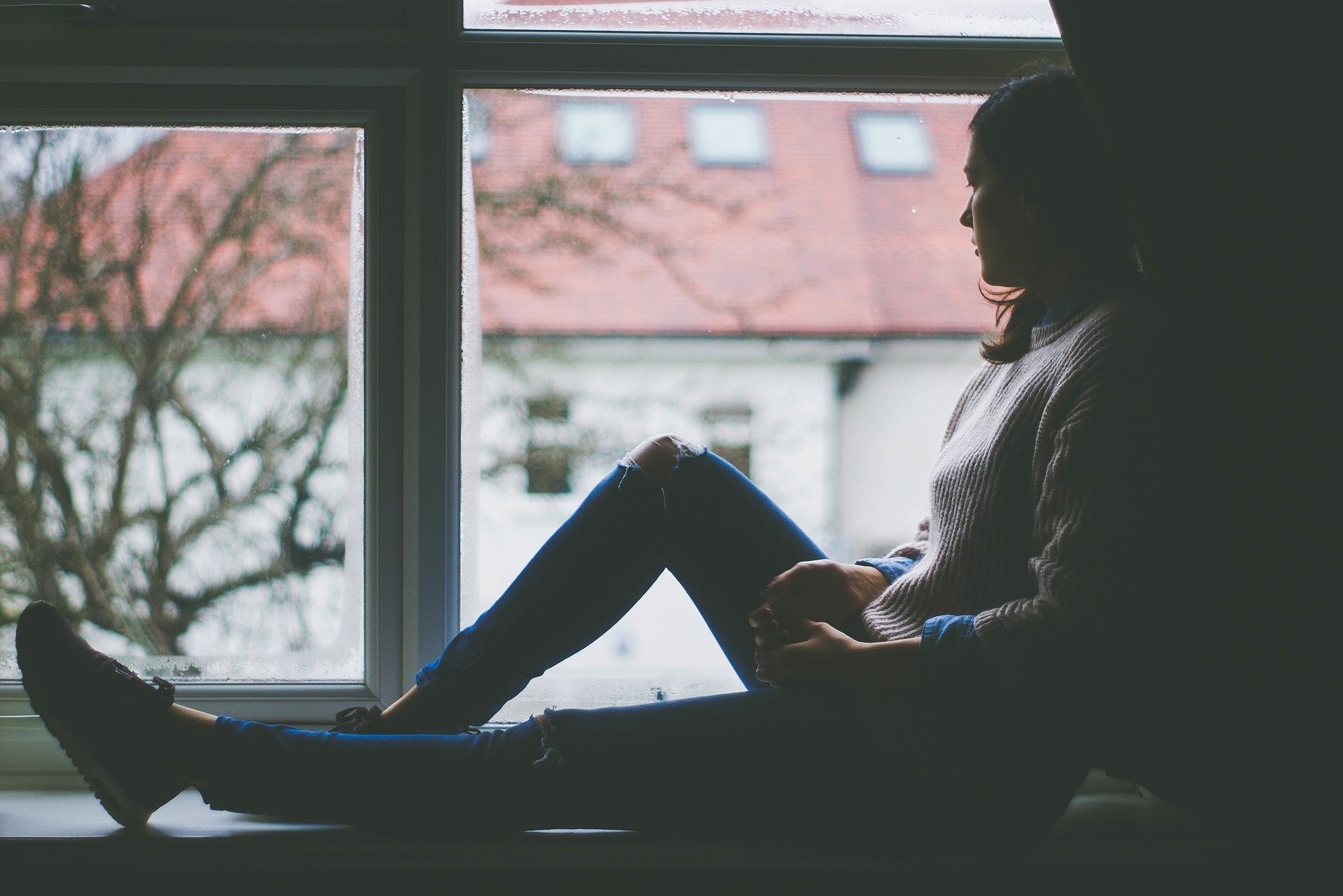Although we’ve had a relatively warm and snow-free winter thus far on Long Island, that doesn’t mean that those who experience SAD, or seasonal affective disorder, have escaped the depressive symptoms that accompany this mood disorder.
Starting as early as October or November, people with SAD—about six percent of the U.S. population, primarily in northern regions—begin to experience depression that is related to the lack of sunlight, less time outdoors and cold temperatures. More than simply the “winter blues,” this condition is characterized by feelings of sadness and hopelessness nearly every day. People with SAD are unable to enjoy the activities that typically make them happy; they have difficulty concentrating and are often tired and/or agitated.
Another 14 percent suffers from a lesser form of SAD, whose symptoms include low energy, weight gain, craving carbohydrates and social withdrawal.
Some other statistics: Females are about four times more likely to develop SAD than their male counterparts. People with a history of depression are more prone to experiencing symptoms of SAD.
Here are some strategies to get you through the winter, whether you experience full-blown SAD or the milder winter blues:
- Get as much direct exposure to sunlight as possible.
- Since being out in the sun can be difficult this time of year, either due to cold temperatures or long workdays inside, consider purchasing artificial “sunbox” lights. Their special fluorescent tubes mimic the sun’s beneficial rays (plain lights don’t have the same effect).
- Keep or start an exercise routine. If it’s not too cold out and it’s a sunny day, try to walk outside to reap the benefits of being in natural sunshine—but even if you work out indoors, it will have a positive impact on your mood.
- Turn up the heat (between 64 and 70 degrees) and drink hot beverages.
- Eat healthy foods, with a focus on fruits and vegetables. That’s good advice any time of year, but especially important in winter when your cravings for sugar and carbohydrates tend to increase.
- Don’t give in to the urge to isolate. Seeing friends and attending social functions are crucial to putting a damper on the blues.
- Keep active by engaging your creative side, whether it be taking up a new hobby or reintroducing a former favorite pastime. Take advantage of classes at your adult education center or library. Not only will your spirits pick up, but you may make some new social connections.
- Take up meditation and other mindfulness-based practices. You can find literally thousands of guided meditations on a free app called Insight Timer.
Children and teens are not immune to depression that comes during the fall and winter months, although it more commonly starts in young adulthood. If your child is experiencing depression that impacts their ability to function, whatever the season, it’s important to seek help from a mental health professional. To contact North Shore Child & Family Guidance Center, call (516) 626-1971.
Sources:
https://www.ncbi.nlm.nih.gov/pmc/articles/PMC2686645/
https://www.nimh.nih.gov/health/topics/seasonal-affective-disorder/index.shtml
https://www.webmd.com/depression/features/beating-winters-woes#1
https://www.nhs.uk/Conditions/stress-anxiety-depression/Pages/dealing-with-winter-blues-sad.aspx














